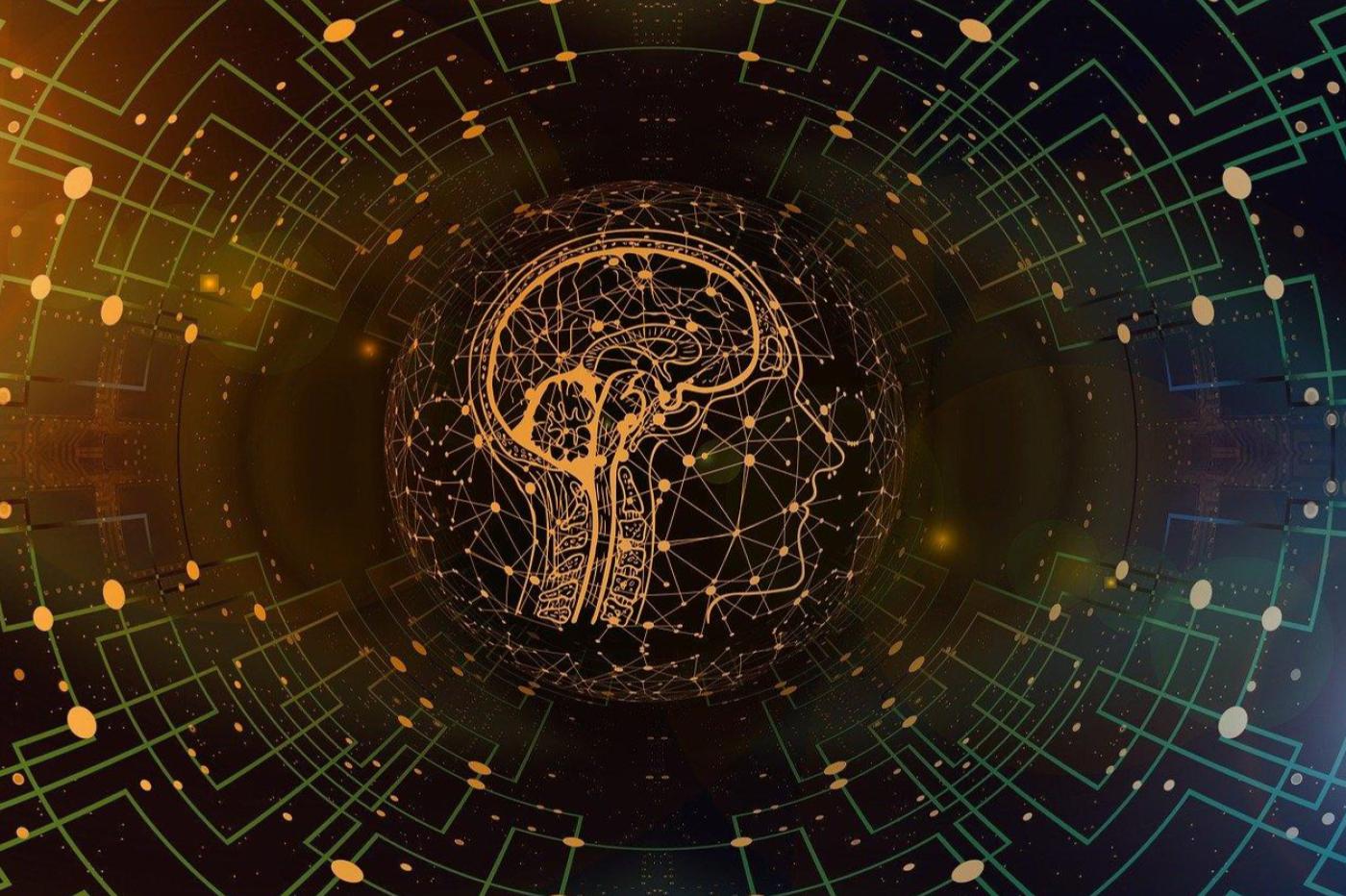
Artificial intelligence is a concept that is still relatively uncoupled from biological media; but the situation could change thanks to this mini-brain capable of playing Pong.
Researchers from the biotechnology start-up Cortical Labs recently created a unique structure; they succeeded in producing “mini-brains” composed of approximately 1 million human brain cells by culturing them in the laboratory. But above all, they managed to teach him the basics of good old Pong!
In an interview with New Scientist, the researchers briefly explained that they had cultivated brain cells on a set of microelectrodes. They were thus able to stimulate them and read their answers with great precision. They also paid special attention to their substrate, so that these cells are able to form a dynamic communication network in complete autonomy, as in our brain.
This assembly described as “cyborg brain”By project leader Brett Kagan is obviously a far cry from the complexity of a human brain. On the other hand, it is all the same capable of generating dynamic connections itself between several sub-units. An operation that is strongly reminiscent of another very popular technology: machine learning based on neural networks. To test the compatibility of this “mini-brain” with this type of functioning, the researchers opted for a rather original approach. They tried to get him to play Pong, the program that laid some of the foundations of video games.
“Real-time” learning
To succeed in a task of this type, a system needs to be able to collect information, interpret it, and finally respond to it. In the human brain, it is the culmination of a very complex cognitive process; this involves converting the signals transmitted by the retina into information such as the positioning of the ball and racquets.
Here the system has been greatly simplified; the only information these cells have is the position of the ball which is transmitted to them in the form of electrical impulses. From there, the cells take over to learn how to move the racket; over the course of the successive signals, the cells begin to “learn” the rules of the game by weaving their own network of connections in complete autonomy.
And the researchers were amazed by the results, since this cluster of cells is indeed managed to play pong on his own, like a big ! This is far from the first study that attempts to reproduce the functioning of the human brain, but on the other hand, it is quite simply the first time that an artificial “brain” has shown itself capable of pursuing a precise objective with so little intervention from researchers.
Bio-machine learning, the future of AI research?
And it’s not just a simple proof of concept. Because the researchers realized that this system was not only functional, but that it was also possible train this system faster than some AI. “The most impressive part is the speed at which he learns”, Wonders Brett Kagan. “It happens in five minutes, in real time”He breathes, apparently amazed. “It’s amazing what biology is capable of”.
However, the drive speed is one of the main limiting factors for many practical applications of artificial intelligence. Indeed, many of the new technologies that use it require the development of very complex custom models. These can take days or even weeks of training before they perform as intended. So there is something to be enthusiastic about; if this approach does indeed speed up training to this point, it is a system that could change a lot of things in the world of machine learning.
Since this is a start-up that certainly hopes to find commercial applications for its concept one day, Cortical Labs obviously did not disclose the entire process that allowed them to achieve this result. We also do not have access to experimental data; it is therefore difficult to compare the performance of the system to a 100% computer equivalent. But while waiting for other even more extensive work, the proof of concept is there; it will be very interesting to see how far this technological vein will go too fascinating and terrifying, and that is already full of scientific, but also philosophical and ethical implications.



